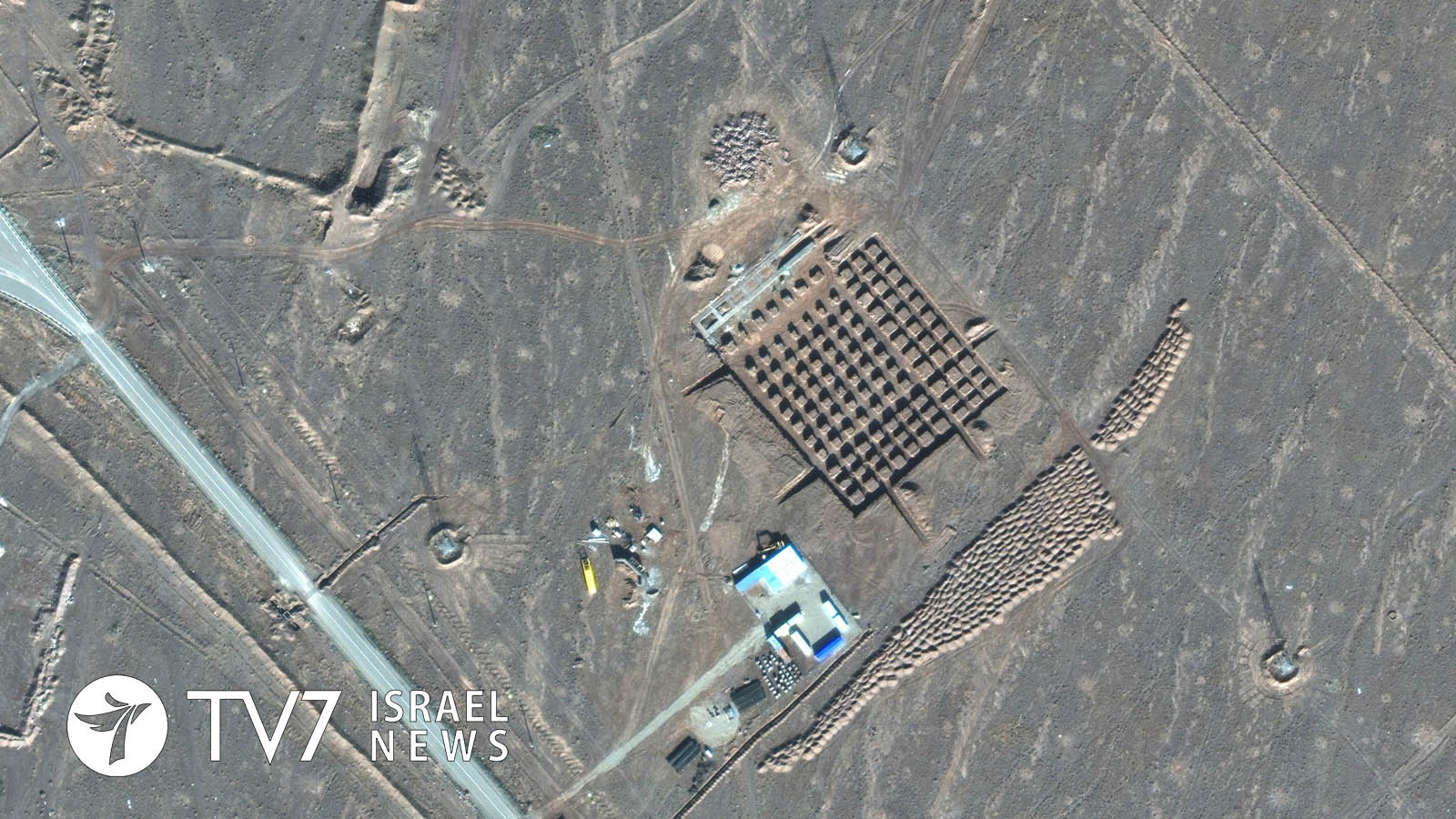Iran has escalated one of its most critical violations of its 2015 nuclear deal by enriching uranium with an expanded number of advanced centrifuge machines at the underground Natanz facility.
The Islamic Republic latest move increases pressure on United States President Joe Biden amid statements from both sides of willingness to recommit to the Joint Comprehensive Plan of Action (JCPOA) accord – if the other side moves first.
Washington withdrew in 2018 from the international pact under then-President Donald Trump, who re-imposed US economic sanctions against Tehran that had been lifted under the deal. The Islamic Republic responded by openly breaching the agreement.
The last quarterly report issued by International Atomic Energy Agency (IAEA) in November 2020 found that Iran’s stockpile of enriched uranium had risen to 2.4 tons – which was over 10 times above the amount permitted by the JCPOA. The nuclear deal had also capped enrichment at 3.67%, which is far below the 90% necessary to produce nuclear weapons. Since abandoning the restrictions, Iran has returned to enriching uranium to 20%.
Iran’s denial of any intent to produce nuclear weapons has long been disbelieved by Israel and others.
The JCPOA restricted Iran to refining uranium exclusively at its main Natanz enrichment site with first-generation IR-1 centrifuges. The Shi’ite Ayatollah Regime nevertheless began using far more efficient IR-2m machines in 2020, and declared plans in December to install three more of what are known as “cascades” or “clusters.”
The IAEA has confirmed that Iran followed through on that threat.
In a report obtained by Reuters yesterday, the United Nations watchdog organization stated, “Iran has completed the installation of one of these three cascades, containing 174 IR-2m centrifuges, and, on 30 January 2021, Iran began feeding the cascade with UF6,” referring to uranium hexafluoride feedstock. According to the report, installation of one of the remaining two cascades of IR-2m machines is already underway while the other’s installation is “nearing completion.”
Additionally, Iranian Ambassador to the IAEA Kazem Gharibabadi revealed on Twitter that IR-6 centrifuges are also being installed at the Fordow plant, where his country already announced that uranium is being enriched to the 20% purity level Iran last achieved prior to the JCPOA.
According to a second report reviewed by Reuters last night, the IAEA said that it had been informed by Iran in a letter dated 1 February that two cascades of IR-6 centrifuges would be installed at Fordow for use with the 1,044 IR-1 machines that are enriching in six cascades there.
US State Department Spokesman Ned Price told reporters Iran’s latest actions increased Washington’s “urgency” to address Tehran’s nuclear dispute.
“It has undergirded our belief that this is a challenge we have to tackle immediately,” he said, clarifying that he was referring to the broad issue of ensuring Iran will never develop atomic bombs.
It is interesting to note that Israeli Energy Minister Yuval Steinitz expressed his belief that it would now take Iran about six months to produce enough fissile material to produce one nuclear weapon – which is nearly twice as long as that anticipated by US Secretary of State Antony Blinken.
In statements issued one day before officially taking office last month, the top US diplomat estimated the so-called “breakout time” for Iran to increase uranium enrichment to bomb-fuel purity “has gone from beyond a year (under the 2015 deal) to about three or four months.”
Israel had long opposed the JCPOA as not sufficiently stringent, and is concerned over the possibility that the Biden administration may return to it.
Rejecting claims by critics of Trump’s unilateral withdrawal had backfired by prompting Iran to abandon the limits the deal had placed on nuclear activities, Minister Yuval Steinitz argued that the previous US administration had “seriously damaged Iran’s nuclear project and entire force build-up.”
“In terms of enrichment, they (Iranians) are in a situation of breaking out in around half a year if they do everything required,” he said during a radio interview with the public Kan broadcaster, adding that, “As for nuclear weaponry, the range is around one or two years.”
